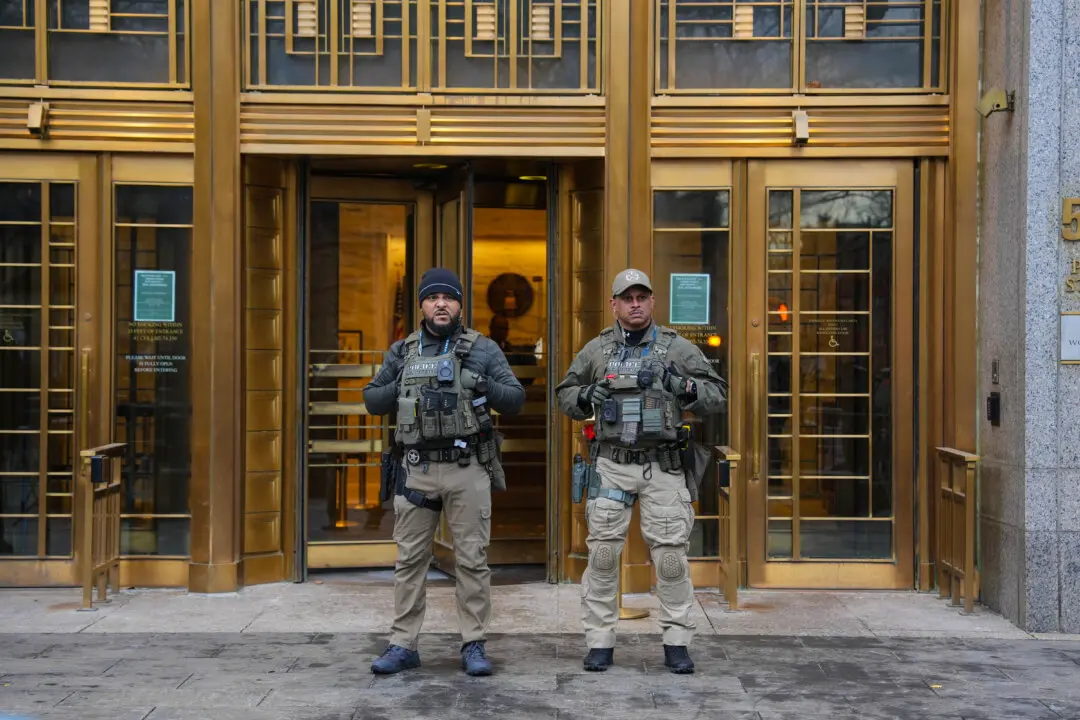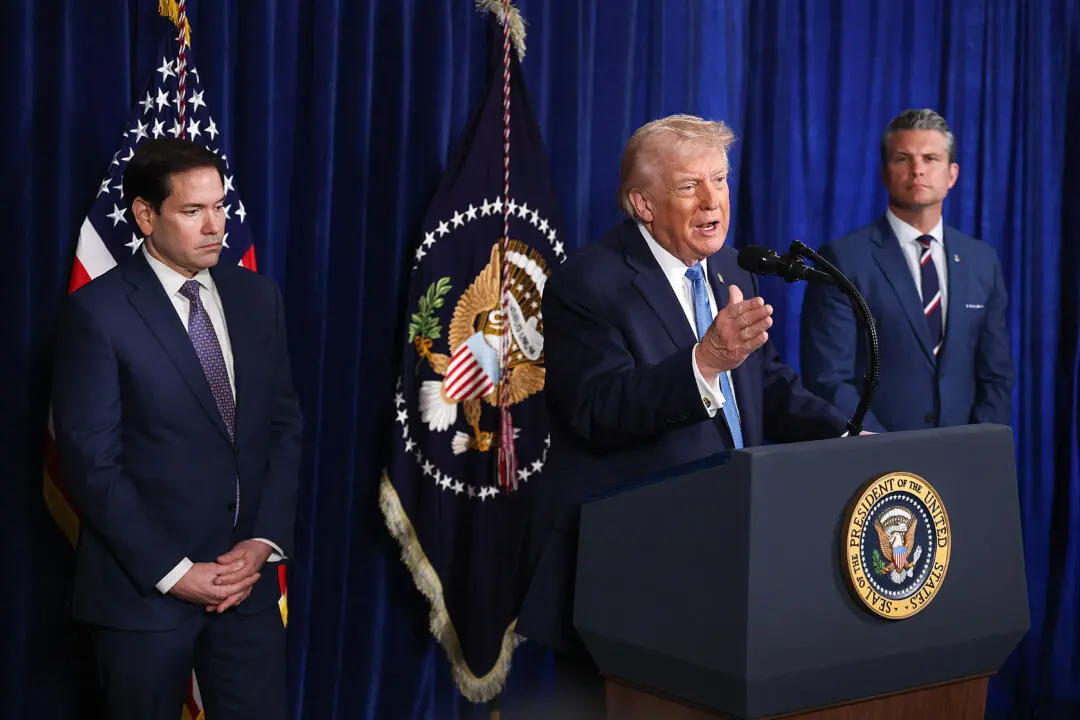The Supreme Court seemed divided during oral arguments on Feb. 28 over whether it would uphold the Bureau of Alcohol, Tobacco, Firearms, and Explosives (ATF) regulation prohibiting ownership of bump stocks.
That regulation came after the 2017 mass shooting in Las Vegas in which a gunman used bump stock-equipped firearms. It reversed years of ATF interpretations allowing nonmechanical bump stocks, or those without a spring.





